Description
Eryngium giganteum – Miss Willmott’s Ghost.
Flowering stems branch and branch until they form wide heads of silver white cones surrounded by large silver bracts. Eryngium giganteum – Miss Willmott’s Ghost is a marvelous architectural plant and an eerie presence in the half light. This plant can behave as a biennial or short lived perennial dependent on situation and how well it grow in its first year. Whichever it will usually seed itself around to provide replacements. 60cm tall, Summer.
This plant earned itself it’s common name ‘Miss Willmotts Ghost from the habit of Ellen Willmott – a spiky character herself – carrying seeds of this plant in her pocket and sprinkling them in gardens she visited. In this way she silently left a trail of the plant in her wake.
Eryngo, Sea-Holly
Like their cousins, the Astrantias, Eryngiums are members of the Umbelliferae (Apiaceae). This fact only becomes apparent on close inspection of the flowers. Each flower is in fact a composite head of many smaller flowers, with the branched umbrella like structure of most umbellifers compacted down into a central cone. One of the principle features of Eryngoes is the silvery and blue shades that the flowers take on. Flower arrangers also prize them for the excellent drying qualities of the flower heads.
As a rule the Sea Hollies all prefer a well drained root run in full sun, although some, such as Eryngium x zabellii grow perfectly well in a not too wet clay soil. They tolerate excessive lime, gravel and poor soils extremely well. In colder, wetter areas it can be beneficial to remove dead foliage from the crown prior to the winter to avoid crown rot.
Eryngium is large genus of around 200 species, many of which are garden worthy plants.
One member of the Eryngium genus, the British native Eryngium maritimum has a long history of medicinal and culinary use. The part used was the roots and the Arabs considered them an excellent restorative. They used to be sold candided in London markets and were probably the ‘kissing comfits’ referred to by Falstaff in ‘The Merry Wives of Windsor’ – ‘Let the sky rain potatoes;..hail kissing comfits, and snow eryngoes..’ The popularity in Britain of eryngo root peaked in the 18th century.
Derivation
The latin name Eryngium possibly derives from the Greek ‘eruggarein’ – to eructate. This is a reference to the use of the plant to alleviate flatulent disorders. An alternative derivation may be that it is a diminutive of the word ‘errungos’, the beard of a goat. As another possibility, if you prefer, it may be from ‘eryingion’ a name used by Theophrastus.
Plutarch relates the following story which may provide a connection:- ‘they report of the sea holly, if one goat taketh it into her mouth, it causes her first to stand still and afterwards the whole flock, until such time as the shepherd takes it from her.’
Links


















































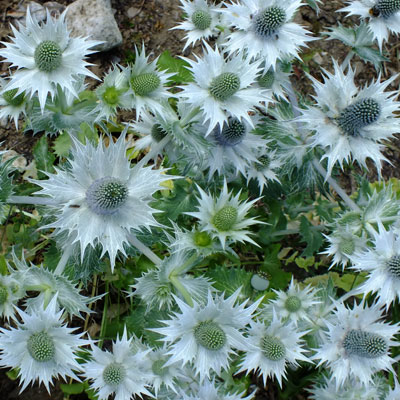

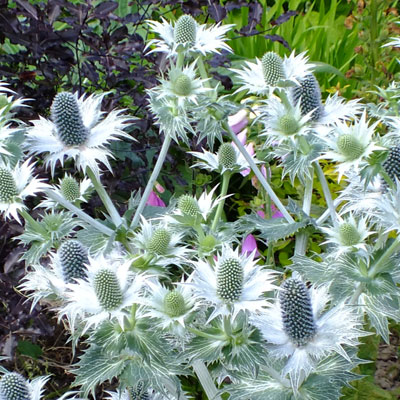
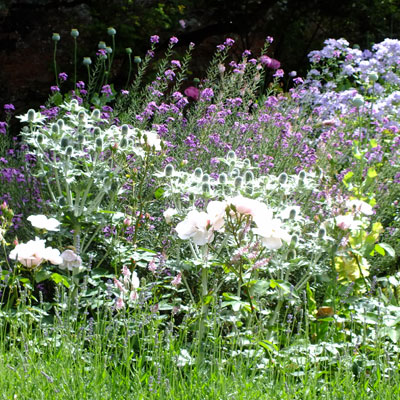



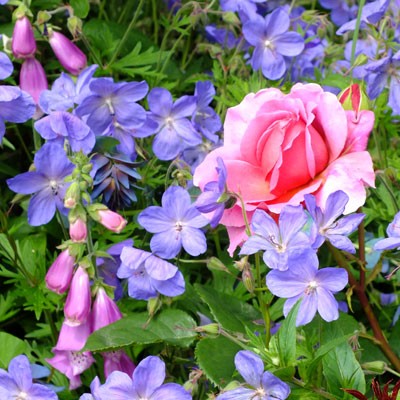
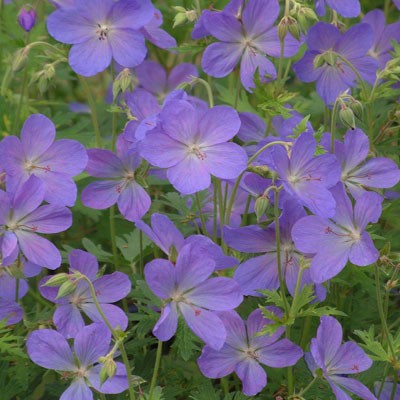
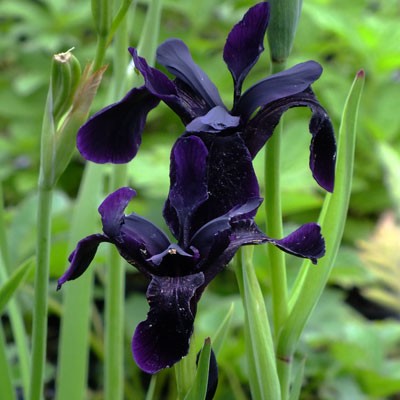
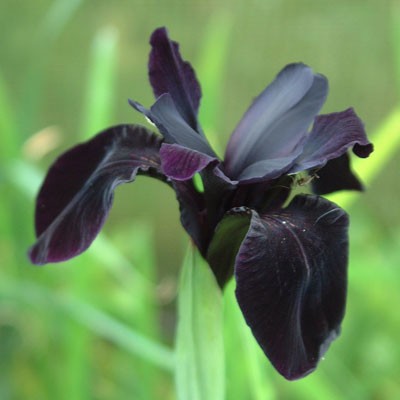
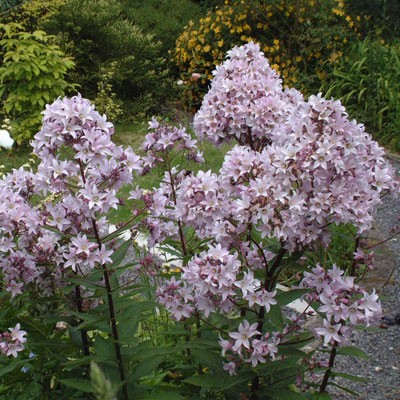
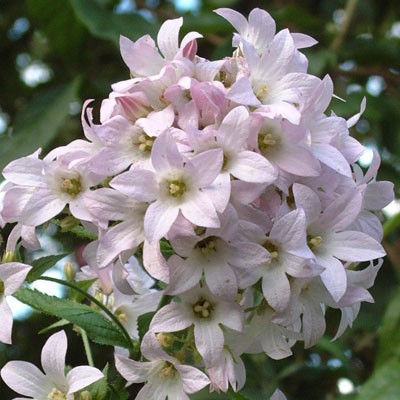
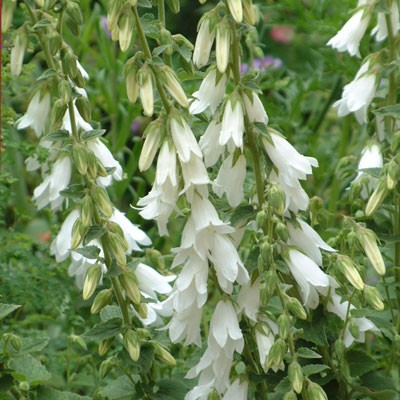

Reviews
There are no reviews yet.